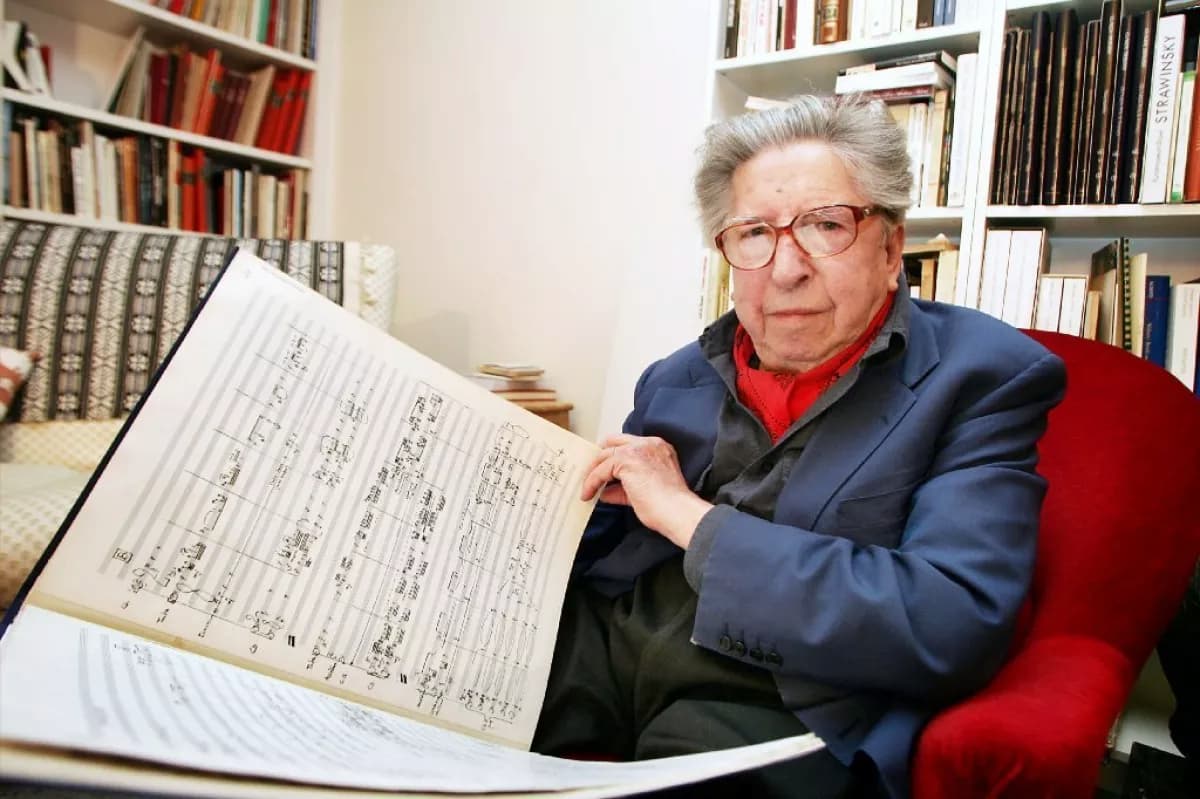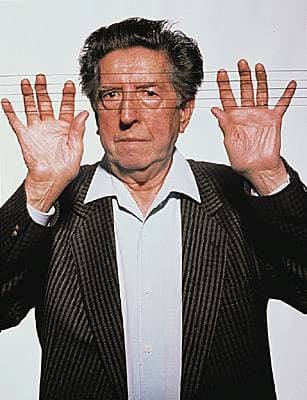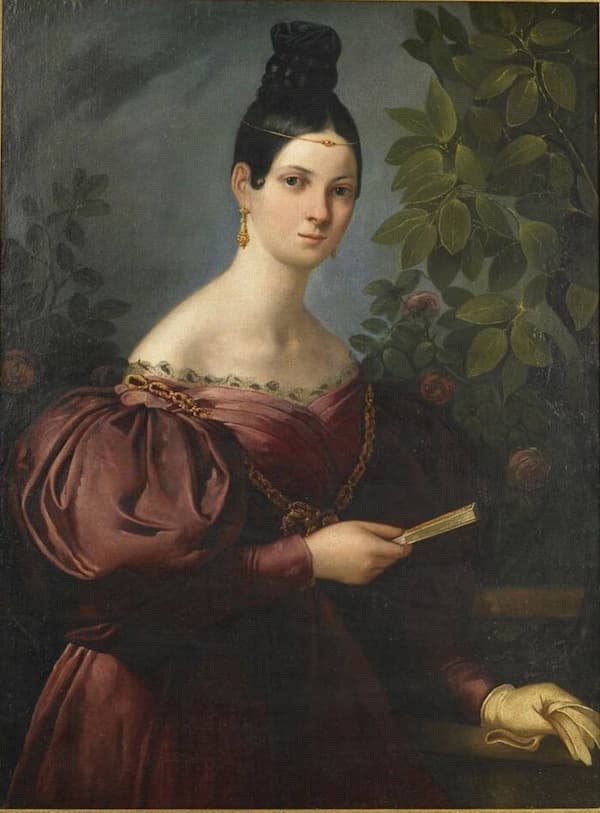Think of the world of French modernism, and many may speak of Ravel, Debussy, Boulez, or Messiaen. Henri Dutilleux (1916-2013), while not perhaps immediately springing to mind, represents a fusion of the many strands of mid twentieth century French music.

Henri Dutilleux © Jean-Pierre Muller / AFP/Getty Images
In his works you can find the dense, harmonically juicy chords of Messiaen; the fastidiousness and economy of Boulez; the beguiling and sensual textures and orchestrations of Debussy and Ravel; yet all these elements are reconciled into a uniquely expressive and individual style which has earned Dutilleux a (rightly deserved) position as one of the most prominent French composers of recent times.
Dutilleux’s music earned him many awards over his lifetime, including the Prix de Rome, Ernst von Siemens Music Prize, and the Gold Medal of the Royal Philharmonic Society.
Much of his music is harmonically and thematically complex, but (in my opinion) also incredibly human. There is an expressiveness to be found in his works which is highly distinctive, and despite his music’s complexity, there is something about it which is immediately relatable. Read on to discover some of the pieces that may help you find a way into Dutilleux’s intriguing and lush sound worlds.
Tout un monde lointain… (1970)
For me, the best piece to jump straight into Dutilleux’s music is his piece for cello and orchestra, inspired by the poetry of Charles Baudelaire. Translating to A Whole Distant World…, the five movements of the work run without a break and are fantastically rich in both harmony and texture. It is considered one of the great contemporary solo cello works and perfectly shows off many aspects of Dutilleux’s amazing ear for colour, harmony, and orchestration.
After a meditative introduction, the first movement Énigme introduces us to Dutilleux’s trademark style: mercurial, fleeting gestures that flicker and dance. This movement, like much of Dutilleux’s writing, makes me think of looking through a kaleidoscope, where colours and patterns shift and transform before my eyes.
This leads without a break into the second movement, Regard. It is detached and dreamlike, an achingly high cello melody resting on a backdrop of glacial, mysterious chords.
For me, the third movement, Houles (swells) is the most distant of all the imaginary worlds visited in the work. The desolation and quiet majesty of the opening conjure up a lunar landscape, a place that is empty and foreboding yet somehow familiar. Listen out for the xylophone which appears about half way through the movement, signaling the start of a short scherzo containing some amazingly magical harmonies.
Harp harmonics signal the start of the fourth movement, Miroirs. Marimba and harp notes sparkle out of the texture like stars in the night sky. Towards the end of the movement the sound swells and grows, and the wave crashes over into the final movement, Hymne. More active and less introspective than the other movements, there is a sense of momentum and inevitability which pervades this movement, but instead of growing to a final frightening climax, the music simply swells and evaporates, leaving the soloist rustling and fading off into the distance.
Symphony No. 2 “Le Double” (1959)

© Ulf / Gamma
The title of this work refers to a collection of 12 soloists drawn from within the orchestra itself, to form a ‘mass’ that converses with and reacts to the larger group around it. The ‘petit orchestre’ consists of oboe, clarinet, bassoon, trumpet, trombone, harpsichord, timpani, celeste, two violins, viola, and cello, and while reminiscent of the baroque concerto grosso setup, Dutilleux insisted that he wanted to avoid this simple opposition of soloists versus orchestra.
While perhaps less crystalline and mysterious than Tout un monde lointain…, the power in “Le Double” comes from the juxtaposition of an eclectic group of soloists against a large orchestral backdrop. Our ears are fooled and mislead, unable to tell which group is playing when, with material being thrown back and forth around the ensemble, and it is against this landscape that the drama and excitement of the symphony unfolds.
Trois Préludes pour piano (1973-1988)
While Dutilleux is renowned for his ability to create lavish and original orchestral textures, his smaller-scale works such as the Piano Preludes have just as much character as their larger cousins. In the Preludes we get to experience Dutilleux’s original sense of harmony and voicing in a much more intimate and distilled setting.
Despite its dense clusters of thickly-scored chords, the first Prelude D’ombre et de silence (Of shadow and silence) shimmers and glows, the ear always able to pick out the melody from the surrounding murkiness.
The second Prelude, Sur un même accord (On the same chord) features (as you may guess) a repeated chord that returns throughout the piece. It feels at points like the music is trying to break free, to escape, only to turn a corner and be faced again with the opening chord, forever trapped in a Kafkaesque labyrinth.
In complete contrast, the final movement of the set, Le jeu des contraires (the game of opposites) sets up a struggle between two equal voices that goes through moments of turbulent, violent outbursts. Neither character seems to be winning the battle, and the piece ends with brilliant fireworks at the very top of the piano contrasted with rumbling bass notes that descend into the abyss.
For more of the best in classical music, sign up to our E-Newsletter




